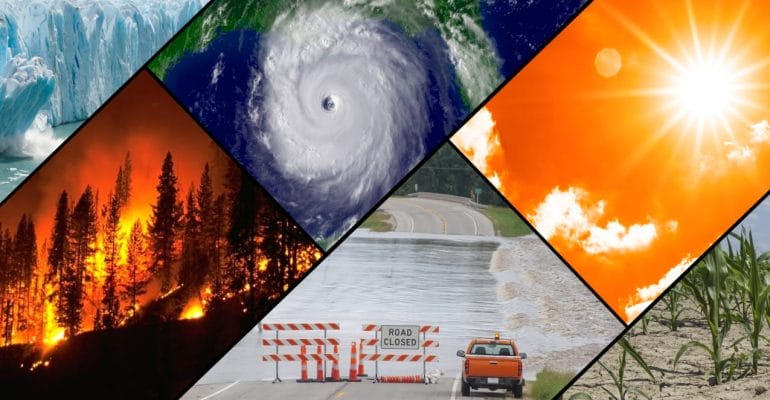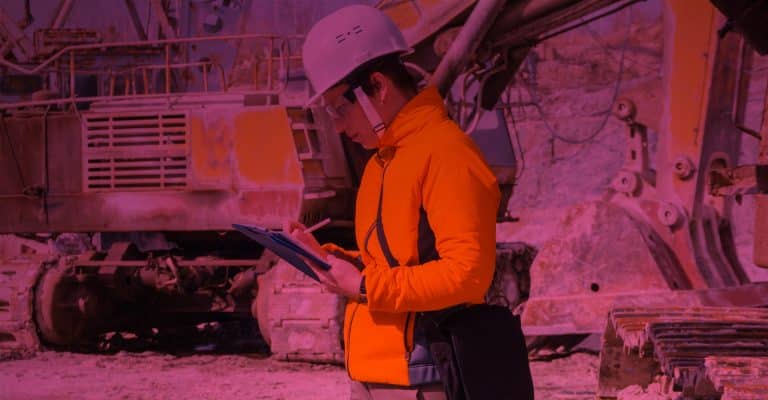Climate Change: Understanding the Crisis and How You Can Help
April 16, 2024 2024-04-16 10:16Climate Change: Understanding the Crisis and How You Can Help
Climate change is one of the most pressing issues facing our planet today. It refers to significant changes in global temperatures and weather patterns over time. While climate change is a natural phenomenon, scientific evidence shows that human activities, particularly the burning of fossil fuels and deforestation, have accelerated it dramatically since the industrial era. This article explores the impact of climate change and outlines practical steps individuals and communities can take to mitigate its effects.
The Impact of Climate Change
The consequences of climate change are vast and varied, including:
- Rising Sea Levels: As global temperatures rise, glaciers and ice caps melt, leading to higher sea levels that can cause coastal flooding.
- Extreme Weather: Increased temperatures can result in more frequent and severe weather events, such as hurricanes, droughts, and heatwaves.
- Biodiversity Loss: Changing climates alter habitats and threaten species with extinction, particularly those that cannot adapt quickly enough.
- Economic Impact: From agriculture to disaster recovery, the financial cost of climate change can be immense, affecting economies worldwide.
How You Can Help
Combatting climate change requires collective action from governments, businesses, and individuals. Here are some ways you can contribute:
- Reduce, Reuse, Recycle: Lower your waste by choosing reusable products, recycling materials like paper, plastic, and glass, and reducing your consumption of goods with heavy carbon footprints.
- Conserve Energy: Simple actions like turning off lights when not in use, using energy-efficient appliances, and reducing heating and air conditioning can significantly decrease your carbon footprint.
- Choose Sustainable Transport: Opt for public transport, carpooling, biking, or walking instead of driving alone. Consider the benefits of electric or hybrid vehicles if you need a car.
- Support Renewable Energy: If possible, invest in renewable energy sources for your home, such as solar panels. You can also choose energy suppliers that provide green energy solutions.
- Educate and Advocate: Stay informed about climate issues and policies. Support organizations and policies that aim to combat climate change. Educating others and advocating for environmental protection can help raise awareness and spur collective action.
- Plant Trees: Trees absorb carbon dioxide, one of the major greenhouse gases. Planting trees and supporting afforestation or reforestation projects can make a significant impact.
- Support Local and Organic Farming: Local and organic foods tend to have a lower carbon footprint than those that require long-distance transportation and chemical inputs. Supporting these farmers not only helps reduce emissions but also promotes a healthier food system.
- Vote and Mobilize: Support political candidates and policies that prioritize climate action. Participating in or organizing community events focused on sustainability practices can also drive change at local and national levels.
Conclusion
Climate change is a complex and global issue that does not respect national borders. It requires a comprehensive approach that includes both mitigation and adaptation strategies. While the task can seem daunting, individual actions can add up to significant environmental impacts. By making informed choices and advocating for greater action, we can help ensure a sustainable future for subsequent generations. Remember, change starts with awareness and commitment at the individual level.




















